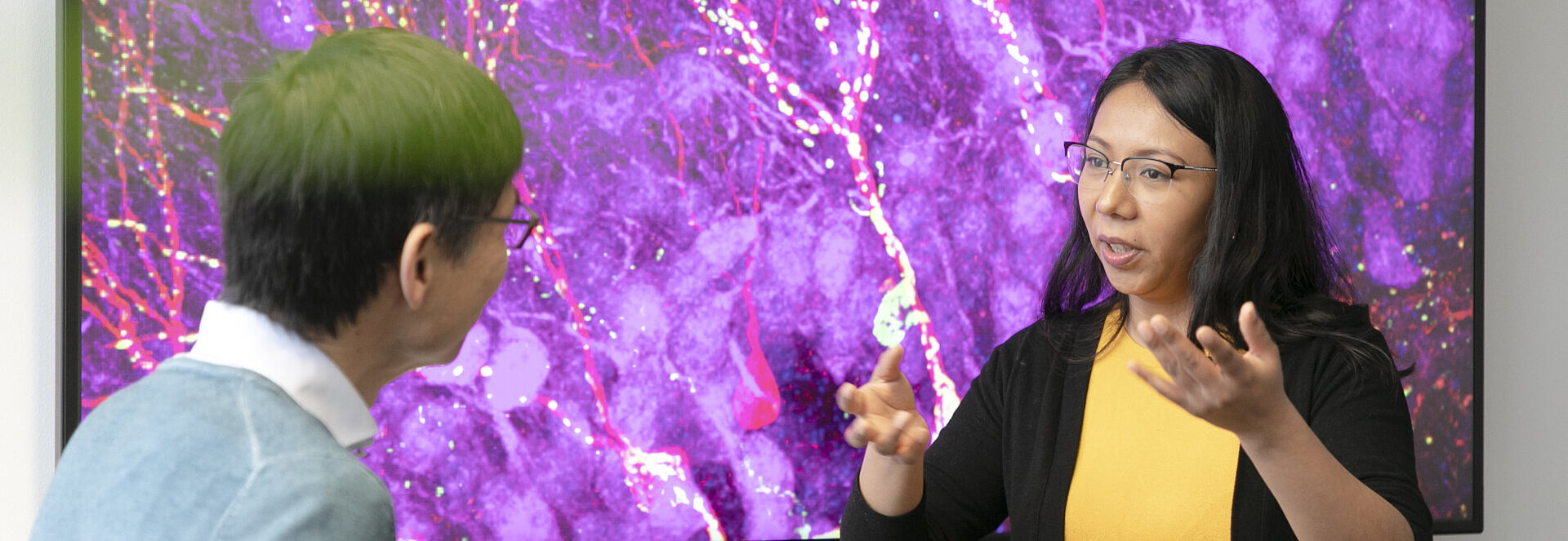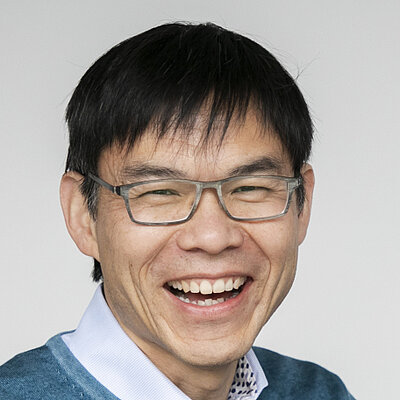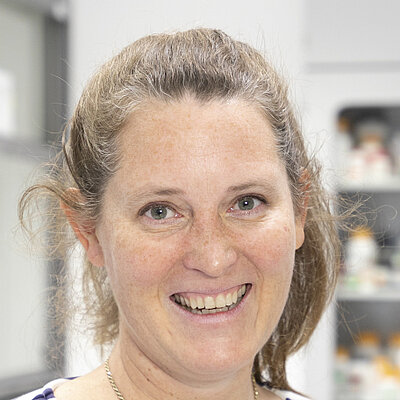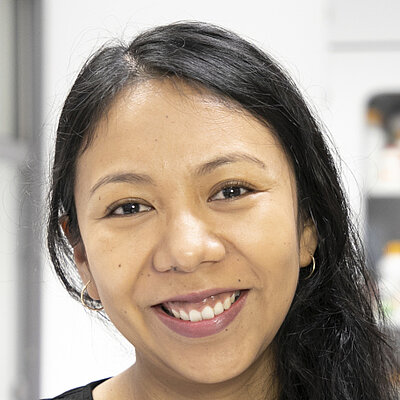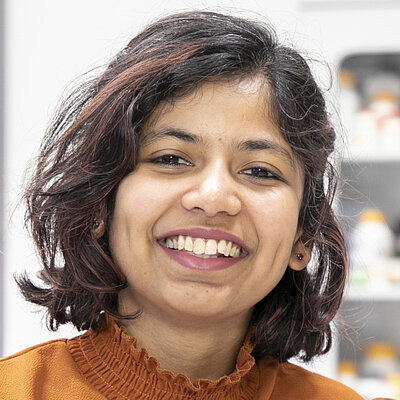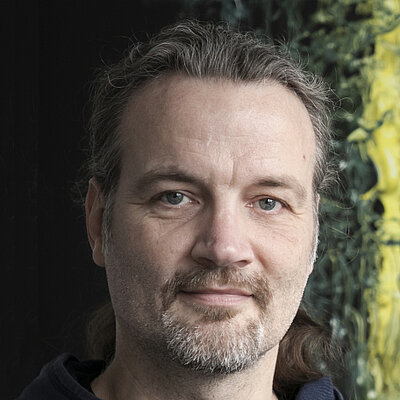Dysfunctional Cells
On Thursday afternoon at around 4.30pm, in the Emil Fischer Center in Erlangen, Ruth Beckervordersandforth, Dieter Chichung Lie, and Kristian Franze are discussing their latest research findings. Also on the agenda: the progress being made in the research training group "Neurodevelopment and vulnerability of the central nervous system." All three of the researchers are involved in this group, where they supervise doctoral candidates together in interdisciplinary projects.


Beckervordersandforth, Lie, and Franze conduct research into the most complex organ in our body, the central nervous system. Their discussion today focuses on the hippocampus. New nerve cells are constantly being formed in this part of the brain, even by adults, through a process known as neurogenesis. This is particularly important from a clinical point of view because dysfunctional cells are associated with degenerative and psychiatric disorders such as Alzheimer’s and Parkinson’s disease and depression.
What the three FAU researchers have in common is that they would like to decipher the mechanisms behind nerve cell growth and the plasticity of the brains of highly evolved organisms. Yet they each investigate these processes from different and complementary perspectives.
Stem Cells Sometimes Make Mistakes
Professor Dieter Chichung Lie leads a research group at the Institute of Biochemistry at FAU that is looking into the regeneration and homeostasis of the adult brain and focuses above all on stem cells that permanently produce new nerve cells. "The molecular and cellular processes that regulate the development of a stem cell into a functioning nerve cell still remain a mystery to us," says Lie.
Stem cells in adult brains undergo several stages during which the cell must complete specific developmental steps. Disruption to nerve cell development is associated with psychiatric conditions such as schizophrenia, depression, and age-related memory loss. The group explores how genetic programs equip cells with the cellular toolkit needed to ensure that they develop properly. The researchers are particularly interested in cellular metabolism: "Our results show that the creation of a functioning neuron involves fundamental changes to cell metabolism," explains Lie. A deeper understanding of these metabolic processes, as well as of the resorption and recycling of dysfunctional cell components, could be decisive in the development of effective medication and therapies for treating age-related disruption of neurogenesis.
RTG 2162—Neurodevelopment and Vulnerability of the Central Nervous System
Research Training Group (RTG) 2162 hopes to improve the understanding of the complex interplay between development and disease in the central nervous system in adults, with the aim of creating a scientific basis for the development of new therapeutic approaches.
The interdisciplinary group brings together expertise from fundamental research in biology, genetics, chemistry, and mechanics with insights from clinical neuroscience. This transcends the traditional boundaries between developmental biology and the biological factors of central nervous system diseases in adults.
The RTG also provides interdisciplinary training to young researchers. Its research and training program benefits greatly from the excellent research infrastructure and educational opportunities available at FAU and the Interdisciplinary Center for Clinical Research at Universitätsklinikum Erlangen, as well as from a close collaboration with the Bavarian Research Association: Interaction of Human Brain Cells (ForINTER).
Research Training Group "Neurodevelopment and Vulnerability of the Central Nervous System"
Astrocytes—More Than Just Supporting Tissue
Dr. Ruth Beckervordersandforth also researches the underlying cellular and molecular mechanisms of plasticity in the brains of mammals. As a biologist, she does not focus on neurons, but on the role of astrocytes, which are a type of glial cell that form nerve tissue and, unlike neurons, cannot be electrically stimulated. "In the past, astrocytes were believed to only have a supporting or retaining function," explains Beckervordersandforth. "New data suggests, however, that they play an active role in the plasticity of the hippocampus."
We now know that astrocytes also function as stem cells and can produce both new neurons and new glial cells. In addition, they also function as niche cells that control the activity of stem cells and provide structural and functional support to neurons. As Beckervordersandforth puts it: "We discovered that the hippocampal niche is populated by heterogeneous astrocyte subpopulations and is constantly changing due to the lifelong generation of new astrocytes."
Her group hopes to discover how astrocytes are generated during the development of the hippocampus, what functions various subtypes have, and how they contribute to the formation and survival of neurons. The findings gained should also help to establish to what extent the diversity, dynamics, and function of hippocampal astrocytes influence neurodegenerative and neuropsychiatric diseases.
Tissue Mechanics Plays a Central Role
Professor Kristian Franze could be considered the odd one out in this trio. He is a vet and physicist and researches nerve cell growth, not from a biochemical but from a mechanical perspective. "During the past few decades, the neurosciences have largely focused on biochemical processes, and mechanical forces have been neglected to a certain extent," he says. Franze’s work on mechanical interactions of cells in the nervous system is regarded as groundbreaking—in 2020, he was awarded a prestigious Humboldt Professorship.
His working group investigates how nerve cells know which direction to grow in, which cells they have to connect with, and how they should interact with other cells. In his earlier studies, he discovered that the stiffness of the surrounding brain tissue plays a considerable role in guiding growing nerve cells in the right direction.
Franze aims to gain deeper insights into brain development by working together with a team of physicians, biologists, physicists, and engineers—and the DFG Collaborative Research Center “Exploring Brain Mechanics” was recently launched to do just this. The researchers there are investigating how cellular forces and tissue mechanics impact brain development and neuronal regeneration. “If we can successfully stimulate or stop neuronal growth by manipulating the mechanics of tissue, we could potentially contribute to the treatment of diseases that currently have no cure, such as paraplegia after spinal cord injuries,” explains Kristian Franze.
CRC 1540—Exploring Brain Mechanics
The aim of Collaborative Research Center (CRC) 1540—Exploring Brain Mechanics is to further our understanding of the central nervous system by focusing on mechanical processes. The center consolidates the expertise of engineers, physicists, biologists, medical researchers, and hospitals in Erlangen and Berlin. The long-term goal is to improve the diagnosis and treatment of neurological disorders.
The three key research priorities of the CRC deal with cerebral, spinal, and cellular mechanics and are supplemented by an interdisciplinary research area. The CRC’s research investigates deformities of the brain in the context of neurological conditions such as epilepsy, opportunities for regenerating spinal cord injuries using mechanical stimulation, and the role of mechanics in cell matrix interactions.
CRC 1540 Exploring Brain Mechanics



